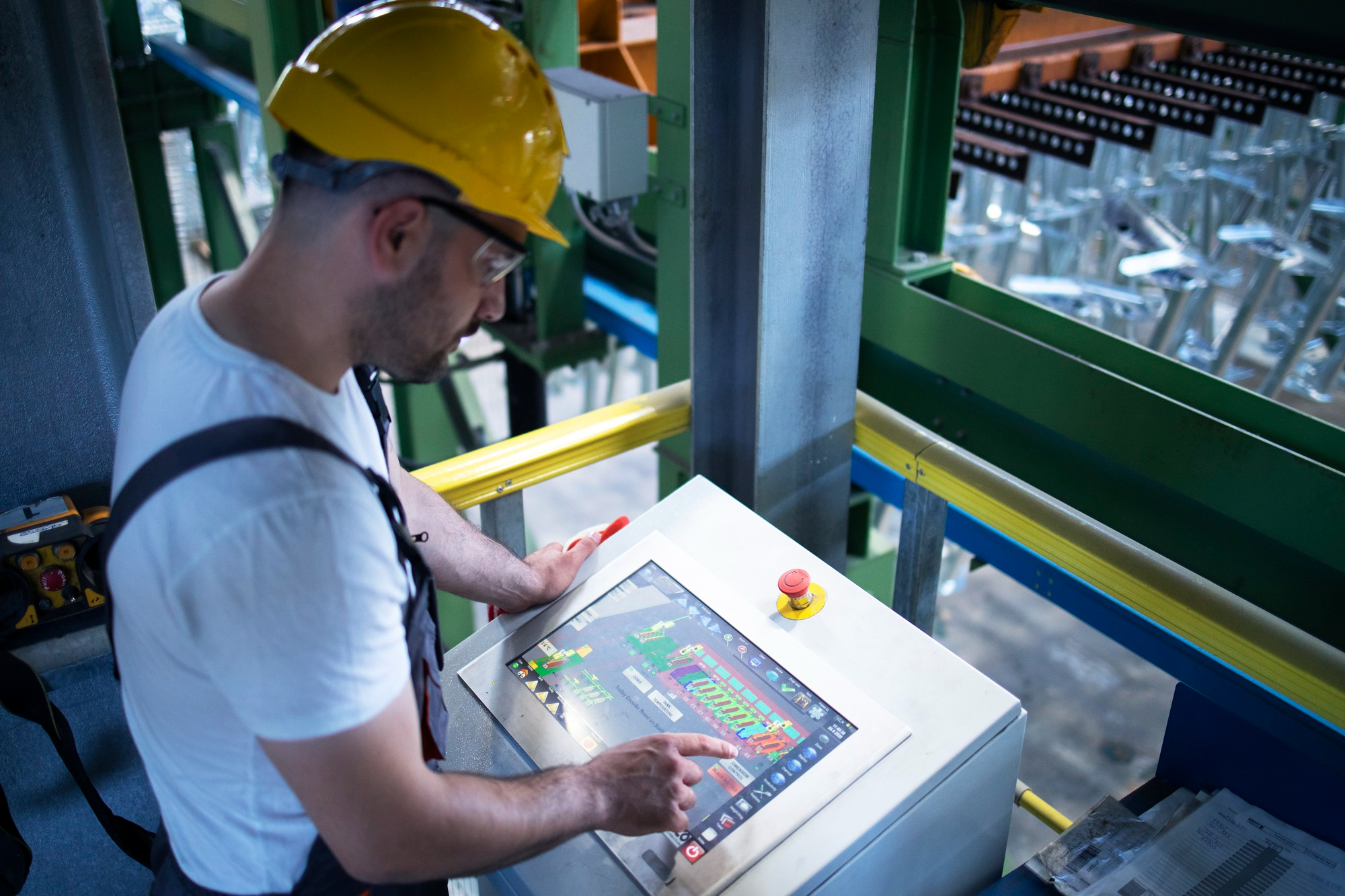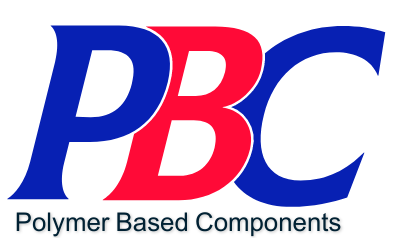In our previous post, we talked about the different strategies an Organization can employ to optimize their Injection Moulding Process and one of them specifically revolved around Injection Speed and Pressure. In today’s post, we’ll discuss different injection profiles, such as fast-fill and slow-fill,and its distinct effects.
Let’s explore how optimizing these parameters can minimize part defects and improve the injection moulding process:

Fast-Fill Injection
Fast-fill injection involves injecting the molten plastic material into the mould cavity at a high speed and pressure. This approach aims to quickly fill the mould cavity and minimize the cycle time.
The effects of fast-fill injection include:
- Reduced Melt Viscosity: High injection speeds result in increased shear rates, which can reduce the melt viscosity. This can lead to improved flowability and enhanced mould filling, especially in complex or thin-walled parts.
- Enhanced Surface Finish: Fast-fill injection can help achieve better surface finish by reducing the chances of flow marks or weld lines, which may occur when the material cools at different rates.
- Reduced Sink Marks: Sink marks, depressions on the surface of the part caused by shrinkage, can be minimized with fast-fill injection. The rapid filling of the mould cavity allows for more uniform cooling and reduces the likelihood of sink marks.
- Improved Part Replication: Fast-fill injection ensures that the molten plastic material reaches all areas of the mould cavity quickly and uniformly. This results in improved replication of fine details and complex geometries, reducing the risk of incomplete filling or short shots.
Slow-Fill Injection
Slow-fill injection involves injecting the molten plastic material into the mould cavity at a slower speed and pressure. This approach allows for more controlled flow and filling of the mould cavity.
The effects of slow-fill injection include:
- Reduced Flow-Related Defects: Slow-fill injection can help minimize flow-related defects such as jetting, flow lines, or air traps. The controlled filling allows the molten material to flow smoothly and evenly into the mould cavity, reducing the likelihood of these defects.
- Improved Packing and Part Strength: Slower injection speeds provide more time for the material to pack and compress inside the mould cavity. This can enhance part strength, reduce internal stresses, and improve dimensional stability.
- Minimized Part Distortion: Slow-fill injection reduces the chances of part distortion by allowing the material to flow and cool more uniformly. This is particularly important for large or thick-walled parts where uneven cooling can lead to warpage or dimensional inaccuracies.
- Reduced Material Degradation: Slower injection speeds can help minimize material degradation caused by excessive shear or heat buildup during the injection process. This is especially beneficial for heat-sensitive materials that may degrade or lose their properties under high shear or temperature conditions.
Optimizing Injection Profiles
Optimizing the injection profile involves finding the right balance between fill speed, pressure, and cooling to achieve the desired part quality. This can be achieved by considering factors such as part geometry, material properties, mould design, and production requirements.
The key benefits of optimizing injection profiles include:
- Improved Part Consistency: By fine-tuning the injection profile, manufacturers can achieve consistent part dimensions, surface finish, and mechanical properties across multiple production runs.
- Minimized Part Defects: Optimized injection profiles help minimize common injection moulding defects, such as voids, flash, warpage, or sink marks. By controlling the flow and cooling process, the risk of these defects can be significantly reduced.
- Enhanced Mould Filling: The injection profile optimization ensures efficient and complete mould filling, allowing for better replication of intricate details and complex geometries.
- Reduced Cycle Time: By optimizing the injection profile, manufacturers can reduce cycle time without compromising part quality. This improves productivity and lowers production costs.
In conclusion, the selection and optimization of injection profiles, whether fast-fill or slow-fill, have a direct impact on part quality, mould filling, and overall process efficiency.
Want to talk to an expert? Write to us at sales@pbctechplast.com.
Get in touch
At PBC, we transform ideas into reality. With our advanced injection moulding capabilities, we can turn your concepts into tangible, market-ready products. Let’s collaborate!
